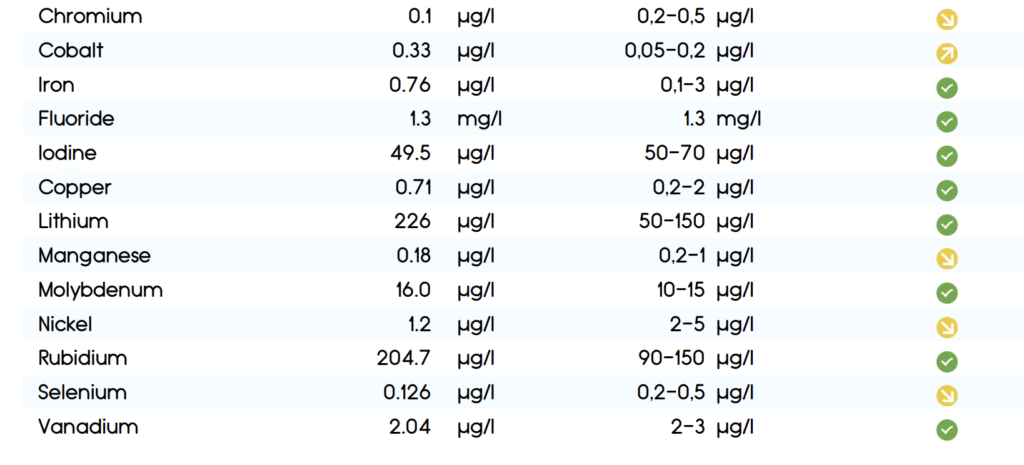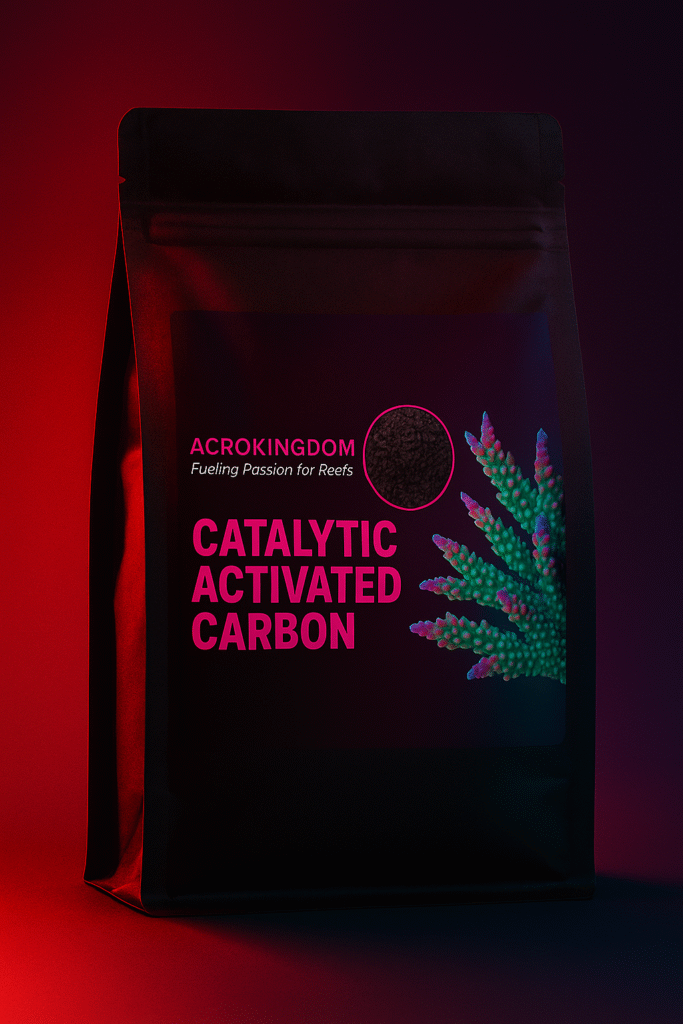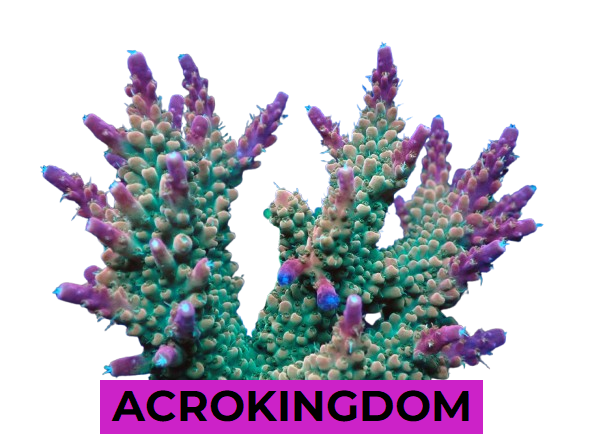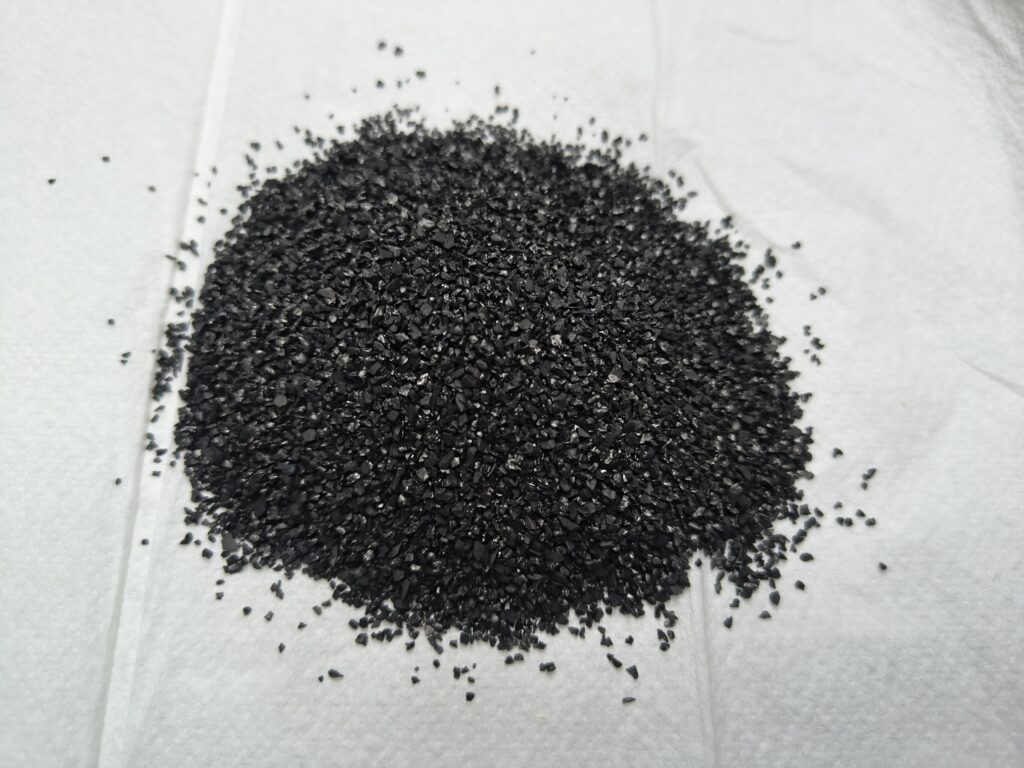Guides
Catalytic Activated Carbon: The Gentle DOC Solution for Reef Aquariums
If you’re a serious reefer, you’ve likely wrestled with balancing organic removal and preserving trace element dosing. Catalytic activated carbon makes that balancing act much easier. In this post, I’ll show why this form of carbon excels in reef tanks—especially when compared to granular activated carbon (GAC)—and why Acrokingdom’s version sets a new standard.
Why Catalytic Activated Carbon Is Gentler on Trace Elements
Traditional granular activated carbon (GAC) can be overly aggressive in removing trace elements that reef keepers deliberately add to their systems. In contrast, catalytic activated carbon offers selective absorption, allowing essential trace elements to remain while effectively removing dissolved organic carbon (DOC). This advantage is due to its unique surface chemistry. At ACROKINGDOM, we have been using catalytic activated carbon for quite some time now, and below are our latest ICP MS results. Previously, when using GAC, most trace elements, even when dosed, would return concentrations of zero.

Use Less, Save More—and Last Longer
Thanks to its catalytic properties, this carbon functions effectively at lower doses. A good starting point is 5 grams per 100 liters. Additionally, a pack of catalytic carbon will last significantly longer than a comparable dose of granular activated carbon (GAC). This efficiency provides better value for reef aquarium enthusiasts who are looking for high performance.
Acrokingdom’s High-pH Advantage: pH 10 Stability
Not all activated carbons are created equal. Acrokingdom’s catalytic carbon is formulated with a high pH of 10, minimizing the risk of tank pH drop—even when used in higher doses. Many carbons fall as low as pH 4, which—even though the low amount used might not always cause a drop—can still stress pH-sensitive animals like Acropora corals when overused. Acrokingdom ensures peace of mind for delicate systems.

Proven DOC Reduction With Controlled Risks
High DOC levels can allow opportunistic bacteria—such as Vibrio—to thrive, potentially turning pathogenic. Reefbuilders show that DOC control directly influences microbial balance. Tanks with lower DOC shift away from Vibrionaceae toward healthier Pelagibacteracea dominance. Salem Clemens discusses this topic further in the article below:
DOC is The Most Important Parameter For A Healthy Reef Tank: Here’s a New Method to Manage It
To protect corals effectively:
- Maintain DOC (measured via SAC254 using ICP-MS) in the 2–3 (m-1) range. This range promotes full polyp extension and coral vibrancy.
- Watch out: when DOC drops below 1 (m-1), that can trigger STN or RTN—an unintended side-effect of over-filtration.
Packaging Alert: ml vs. grams Can Trick You
Many brands list volume (ml) instead of weight, potentially misleading customers about actual quantity. For example, 1,000 ml often equals approx. 500 g—so what looks like a large package might contain only half the carbon you expect. Acrokingdom breaks that mold by labelling by grams: each pack is 1,000 g (~2,000 ml) of high-quality catalytic activated carbon. Be sure to check packaging carefully when purchasing.
→ How to Use Your CAC Properly
- Add accurately—starting point is 5 g per 100 L, thoroughly rinsed with RO water. Replace that weekly.
- Bag it—Use a fine mesh media bag, then place it passively somewhere in the sumps last chambers.
- Test monthly via SAC254 (ICP-MS), especially early on.
- Remove or reduce the amount of carbon used when DOC drops bellow 2 (m-1).


